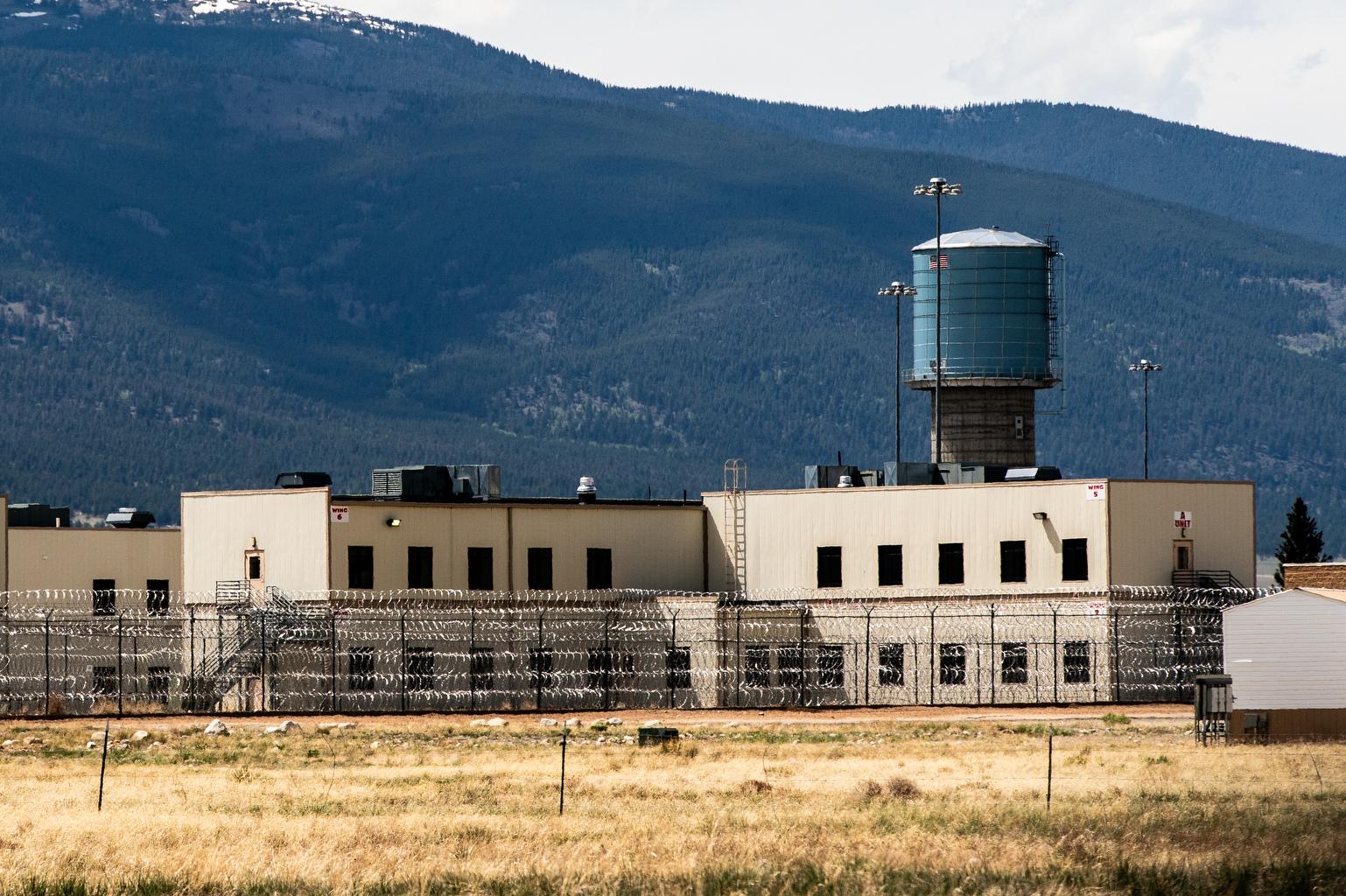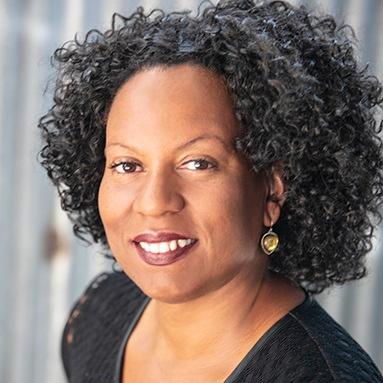
In recent years, incarcerated people have been denied visitation rights for breaking a prison rule. Legislation newly signed into law would fix that.
The law, which started out as House Bill 25-1013, introduced by State Reps. Regina English and Jennifer Bacon, “establishes social visitation as a right for a person confined in a correctional facility.”
It takes away prison staffers’ ability to use denial of visitation as a cudgel: “The Department of Corrections may adopt rules to govern the administration of social visitation, but shall not restrict social visitation beyond what is necessary for routine facility operations or for the safety of the facility and public,” the text states. Implementing the new law is expected to cost about $16,000 each year to administer, according to a fiscal note.
Implementation will be a big switch-up from what the rules were. A 5-page document titled "Restriction of Offenders Privileges in Correctional Facilities” from November 2024, states: “Visiting privileges will be limited to one contact visit per week in accordance with the facility implementation.”
But those visits could get snatched away. The Colorado Department of Corrections’ website’s “Visit an Incarcerated Individual” instructions page, lists rules around visits. And breaking rules in seemingly any area – possessing drugs to refusal to work to not behaving properly when receiving a visit – could be sanctioned by taking away inmates’ right to get visits.
Even misconduct during a visit, where minimal physical contact is allowed, could result in visits being taken away as punishment.
“Major visiting violations that jeopardize the security of the facility may result in permanent suspension of visiting privileges,” the website states, also adding that prisoners in the past could have their right to visits denied permanently for three drug-related offenses, and a prisoner with limitations on their visitation who transfers from one lock-up to another would have the same restrictions from the first facility follow them to the next one.
It had a short and quick trek through the Legislature. Introduced in January, it passed the Senate on May 2, 2025, with a vote of 22-12, after having passed the House about a month before, on March 26, 2025, with a vote of 44-21. For the most part, legislators voted along party lines, with all but one Republican in opposition to it.
Support and opposition
“We appreciate the sponsors’ attention to this issue and are continuing to work with them on the bill,” Colorado Department of Corrections Director of Communications Alondra Gonzalez said in an email while the bill was being debated. “We are currently working with Representatives Bacon and English, as well as Senators Coleman and Exum, on this issue.”
It’s commonly understood that visits buoy the spirits of those locked away – and their loved ones on the outside. Research shows that inmates having access to prison visits reduces recidivism. ”The Effect of Visitation on Re-Entry Success: A Meta Analysis,” published in a 2016 edition of the "Journal of Criminal Justice," analyzed data collected from 16 other studies. It found that visitation has a 26% reduction on recidivism.
Advocate for prison reform, Kym Ray, co-facilitator of End Slavery Colorado, would agree.
“As we have been working and working with folks that are on the inside, we see the direct impact of when people don't get to connect with their family and their children,” she said, adding she has heard of occasions where prisoners were denied visits by phone with loved ones for not agreeing to work in the kitchen.

Opposed to the bill are Republicans, including Rep. Matt Soper, who sits on the House Judiciary Committee as the longest-serving Republican member.
He said in an interview that he was “quite concerned” with the creation of a statutory right to a prison visit.
“In the prison setting, we need the Department of Corrections to be able to keep a prison safe and secure. And sometimes that involves having to cancel visitation at a moment’s notice.” He said he’s encouraged the DOC to have longer and more visits to keep families connected, “but at the end of the day, it’s still a prison. And the challenge with mandating how a prison visit looks and the prescribed terms to me just went one step too far.”
He said he tried to find a way around his opposition, but just couldn’t. “I wanted to get to a yes, but just couldn’t quite get there because for me, we just really have to give DOC as much latitude as possible for them to run their prisons rather than the legislature to come waltzing in and mandate certain things.”
Impact
The number of people impacted by the law, while unclear on the inside, could be in the thousands on the outside who may want to see their loved ones and now can expect to be allowed to, even if the inmate violated a rule.
According to data from the Prison Policy Initiative, Colorado’s total incarcerated population was 32,495 in 2024. That includes state and federal prisons, youth lock-ups, jails and psychiatric facilities. The state prison population last year was 17,689.
Three years before, state prisons incarcerated about 2,000 fewer people. In 2021, that total was 15,865, 92% male. The prison population does not track the state’s demographics: 41% of inmates were white (although 65% of the population of Colorado is white) and 17% of the prison population was Black (although 5% of the population of Colorado is Black).
Hispanics, Native Americans and Asians accounted in 2021 for 30%, 3% and 1% of Colorado’s state prison population, respectively, according to the PPI.









